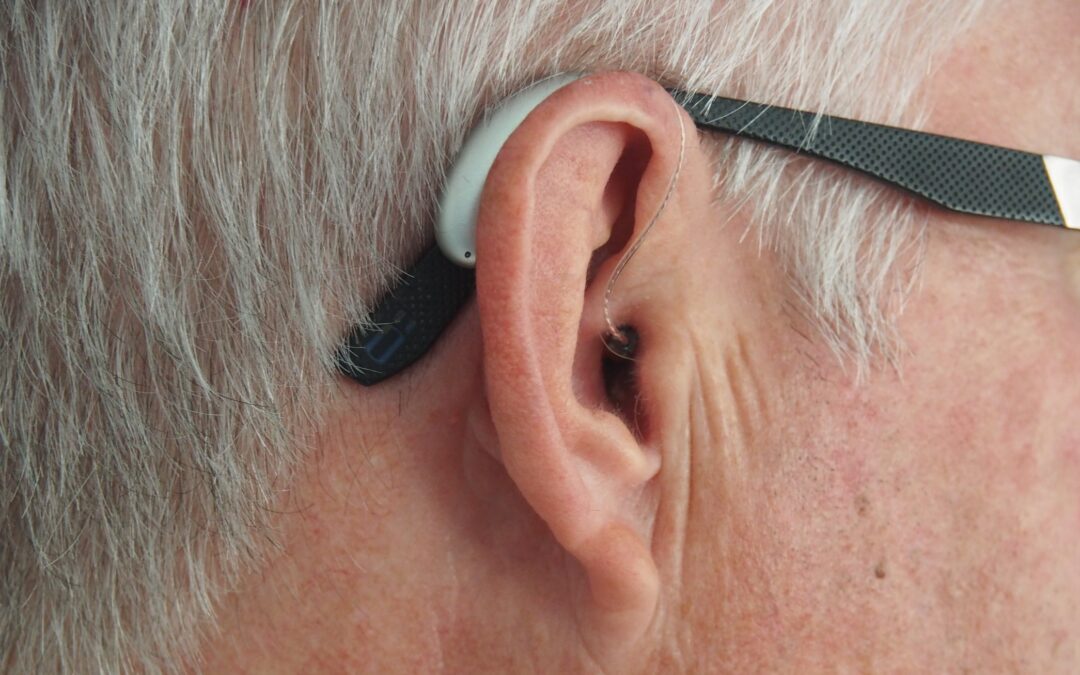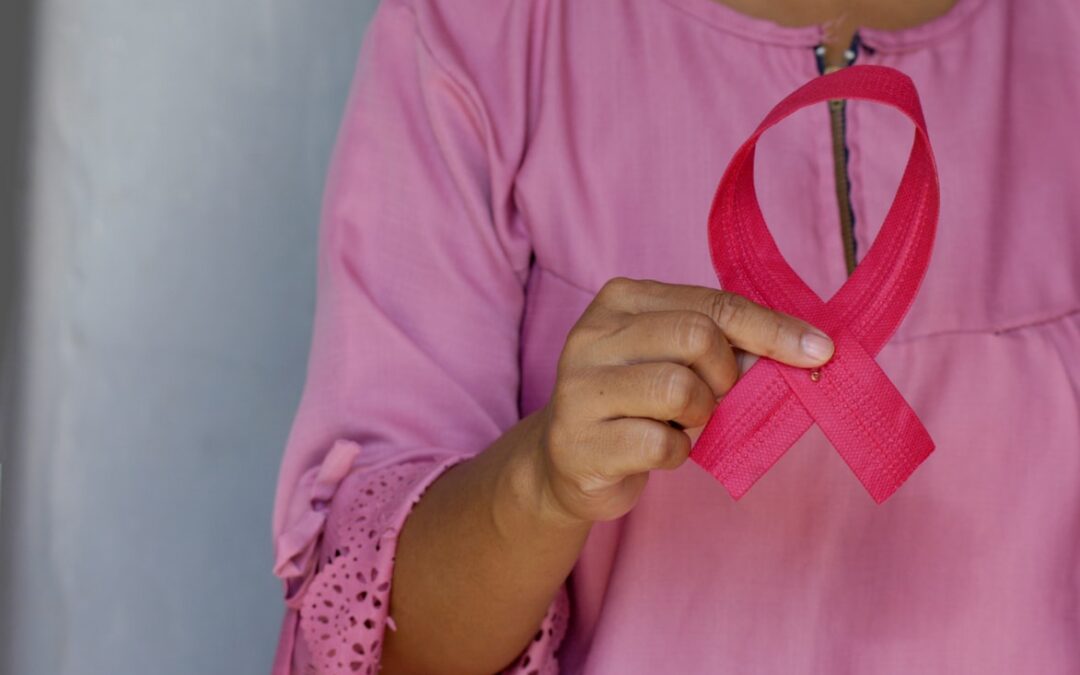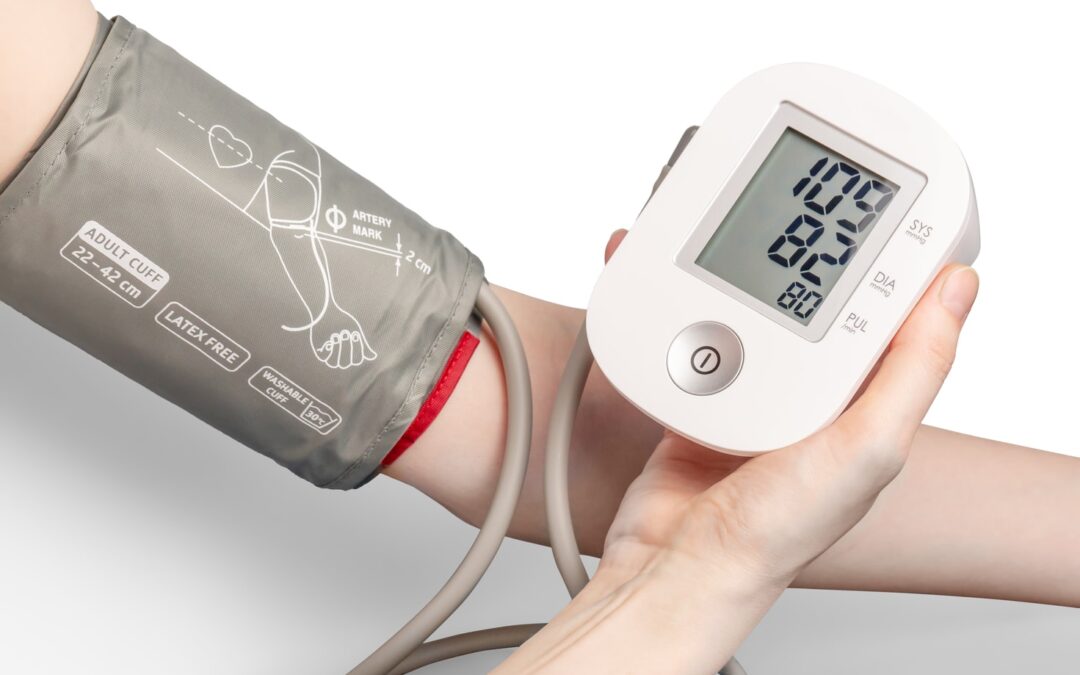
by Grace | Mar 1, 2022 | Health Assessments, Workplace Education
Tuesday 8th March is when we are celebrating International Women’s Day – the 2022 campaign is ‘Break the Bias’. Within the workplace, this means gender equality, inclusiveness and a environment free from bias, stereotypes and discrimination.
We believe it’s a great chance to celebrate the women in your workplace by firstly acknowledging International Women’s Day, and secondly rewarding them with health assessments or education sessions to support their health and wellbeing.
Health Assessments:
Our nurses visit your workplace to conduct one-on-one health assessments which entail the following:
– Heart health check;
– Diabetes screening;
– Cholesterol screening;
– Wellbeing screening;
– Body composition screening and possible risk factors for the above mentioned;
– Screening and reminders when certain checks are due – dental, eye, immunisations, cervical cancer screening, bone density and bowel screening.
One-on-one assessments allow a safe place for concerns and questions to be discussed with our highly skilled nurses and advice/referrals are made where necessary.
This month is also Endometriosis Awareness Month. According to Cochrane.org (2022), endometriosis is an inflammatory condition where endometrial tissue (tissue similar to the lining of the uterus) grows outside the uterus.
It is estimated that 1 in 10 women have endometriosis.
Signs and Symptoms:
– Painful periods;
– Chronic pelvic pain;
– Chronic abdominal pain;
– Excessive cramps;
Medical advice should always be taken for each individual case or concern.

by Grace | Mar 1, 2022 | Health Assessments, Workplace Education
‘50% of people with glaucoma don’t know they have it’ – www.glaucoma.org.au (2022).
What is glaucoma?
Glaucoma is the name given to a group of eye diseases where vision is lost due to damage to the optic nerve. This damage causes irreversible vision loss. The loss of sight is usually gradual and a considerable amount of peripheral (side) vision may be lost before there is any awareness of a problem.
‘2 in 100 Australians will develop glaucoma in their lifetime’ – www.glaucoma.org.au (2022).
What causes glaucoma?
- An increase in intraocular pressure (IOP), which can damage the optic nerve;
- Damage to the area where fluid is drained out of the eye;
Risk factors of glaucoma:
- A family history of glaucoma;
- High eye pressure;
- Aged over 50;
- Are of African or Asian descent;
- Diabetes;
- Short or long sighted;
- Have been on a prolonged course of steroid medication;
- A history of migraines;
- Have had an eye operation or eye injury;
- Sleep apnea;
How can you look after your eyes?
- Regular eye checks;
- Use eye drops when prescribed;
- Know your family’s health history;
- Wear eye protection;
- If you have eye pain, blurred vision and a severe headache, promptly seek professional advice;

by Grace | Mar 1, 2022 | Workplace Education
‘3.5 million Australians aged 15 and over (22% of the population), have mild to severe hearing issues’ – National Today (2021).
How can your workplace acknowledge and learn from Hearing Awareness Week?
- Give your employees the right tools:
Provide adequate equipment and support for affected employees to do their job effectively. For example:
– Ear protection on noisy job sites;
– Education;
– During meetings, position those with hearing loss in clear view so they are unobstructed from the presenter’s lips and clear sound;
– Where appropriate, seek to provide advanced audio relay systems on your phone network or in meeting rooms;
- Reduce noise:
Noise-induced hearing loss is especially common in the workplace. Reducing noise levels at the source, as well as provide hearing protection are both effective ways to protect the hearing of those who work in loud environments such as construction sites.
- Spread awareness:
Sensitize employees about the ways to better prepare the workplace for people with hearing loss.
- Provide yearly hearing checks:
We offer hearing checks to businesses for both pre-employment and yearly hearing check up. This enables employees to determine if they have a hearing impairment and helps find solutions for them to cope in the workplace with this impairment.
Facts about hearing loss:
- Early detection is beneficial – Most people wait as long as seven years before consulting a doctor.
- Hearing loss is preventable – About half the global cases are preventable through for example immunisation, prenatal care, workplace education, avoiding loud noises and avoiding certain medications.
- Curability is dependant on the damage location – Some hearing problems may be corrected through surgery or medications, whilst sensorineural loss may be permanent and can only be managed.
- Causes of permanent loss are scarily prevalent – Common activities include listening to loud music through earphones, working on a noisy job site without ear protection or sudden loud noises of a certain decibel.

by Grace | Jan 31, 2022 | Health Assessments, Workplace Education
February is ovarian cancer awareness month.
Ovarian Cancer Awareness Month is held each year in Australia to raise awareness of the signs and symptoms of ovarian cancer, to share the stories of real women affected by the disease, to highlight the risk factors for ovarian cancer and educate Australians on ovarian cancer diagnosis and treatment. To find out how your workplace can participate, click here – https://www.ovariancancer.net.au/page/69/get-involved
Signs and Symptoms:
According to Ovarian Cancer Australia (2022), there is no early detection test for ovarian cancer, so all women need to be aware of the symptoms. The most commonly reported symptoms include:
- Increased abdominal size or persistent abdominal bloating;
- Abdominal or pelvic (lower tummy) pain;
- Feeling full after eating a small amount;
- Needing to urinate often and urgently;
Other symptoms include:
- Changes in bowel habits;
- Unexplained weight gain or loss;
- Excessive fatigue;
- Lower back pain;
- Indigestion or nausea;
- Bleeding after menopause or inbetween periods;
- Pain during intercourse or bleeding afterwards;
It is important to note that symptoms mentioned can be caused by other, less serious medical conditions, however if you are experiencing any of these symptoms which are persistent or troublesome, you should always seek medical advice.
Real Stories – https://www.ovariancancer.net.au/page/90/woman-with-ovarian-cancer
Risk Factors:
As per www.cancer.org (2022) – a risk factor is anything that increases your chance of getting a disease like cancer. Factors that increase your risk of ovarian cancer include:
- Getting older – most develop after menopause;
- Being overweight or obese;
- Having children later or never having a full-term pregnancy;
- Taking hormone therapy after menopause;
- Having a family histipry of ovarian cancer, breast cancer or colorectal cancer;
- Endometriosis;
- Having had breast cancer;
- Smoking;
Diagnosis:
According to The Cancer Council (2022), there is currently no effective screening test for ovarian cancer.
You should always consult with your GP if you are concerned about your body. If your doctor suspects you have ovarian cancer, you may have various tests to determine.
Treatment:
This will depend on the type of ovarian cancer you have, the stage of cancer, your general health and fitness, your doctor’s recommendations and whether you wish to have children.

by Grace | Jan 31, 2022 | Health Assessments, Workplace Education
‘Heart disease is Australia’s leading cause of death affecting families and communities around the country.’ – Heart Research Australia, 2021.
Heart Research Australia encourages your workplace to wear red and donate to help raise awareness of the prevalence of heart disease and the devastation it causes. Donations will go towards life-saving break throughs to help us keep families together for longer.
What is heart disease?
According to Heart Research Australia, heart disease is an umbrella term for a range of conditions that affect your heart which may include:
- Coronary Heart Disease;
- Heart Attack;
- Heart Failure;
- Stroke;
- Arrythmias (abnormal heart beats);
- Aneurysm (a bulge, caused by weakening of the heart muscle or artery);
- Septal Defect (an abnormal opening between the left and right sides of the heart);
- Peripheral Vascular Disease;
- Congenital Heart Disease (malformations in the heart or blood vessels that occur before birth);
What are the risk factors of heart disease?
- Smoking;
- Stress;
- Anger;
- Depression;
- High cholesterol;
- High blood pressure;
- Being inactive;
- Diabetes;
- Being overweight;
- An unhealthy diet;
- Increase in age;
- Men are a higher risk than women;
- Ethnic background;
- Family history;
How can you prevent heart disease?
‘Prevention is the best medicine. 8 in 10 cases of premature heart disease & stroke are preventable through healthy lifestyle factors’ – Cardiologist, Dr Edward Barin.
- Exercise (aim for 30 minutes of moderate exercise per day);
- Eat well;
- Keep track of your health measurements – including cholesterol levels, blood pressure, weight, sugar levels, waist circumference and exercise capacity);
- Stay optimistic – many studies show a state of mind can protect, as well as damage heart health;
If you would like to raise awareness and donate to Heart Research Australia, click the following link – https://www.heartresearch.com.au/event/redfeb/




